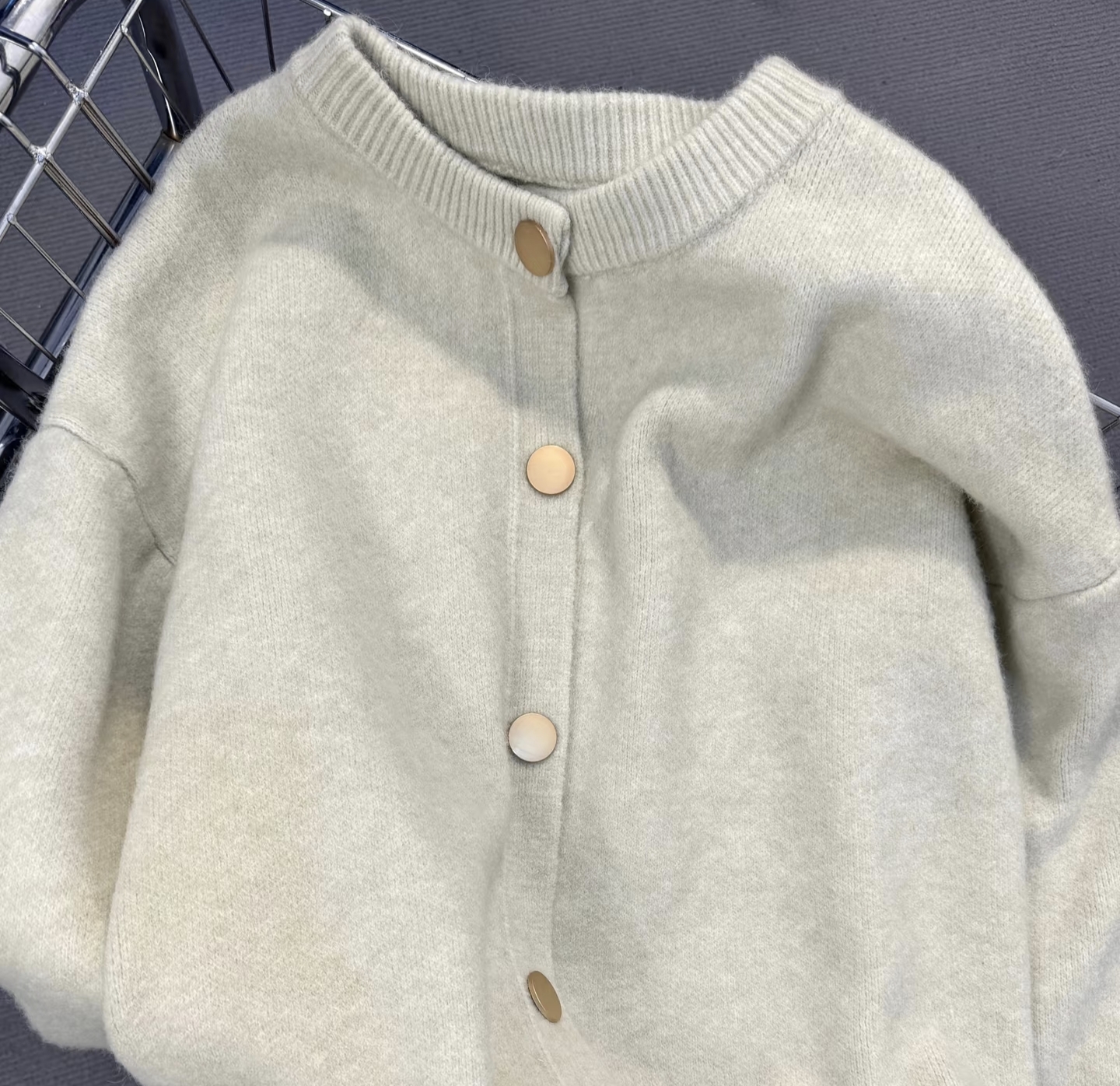In the highly competitive retail market, clarifying the market positioning and target population of products is the key to success. Especially in the European and American markets, consumers aged 20-35 have unique purchasing behaviors and needs. Here we will provide you with a set of practical guidelines to help retailers accurately position sweater products and effectively attract target populations.
Clearly defining ideal customers is the first step to reach your target audience. Consider demographic data (such as age, gender, region, and income level), and analyze psychological characteristics (such as lifestyle, interests, values, and purchasing patterns). With this data, retailers can better understand their target customers and develop more precise marketing strategies.
In order to make your sweater products stand out from the competition, here are detailed steps and methods to help you determine the market positioning and target population.
How to Identify The Target Audience of A Clothing Brand?
The first step to determine the target audience is to understand your ideal customer. For sweater products, consumers aged 20-35 in Europe and the United States are a market full of potential. To identify these customers, you can start from the following aspects:
① Demographic analysis: Understand the basic information of your customers, such as age, gender, region, and income level. These data help determine which market your product should target.
② Psychographic characteristics analysis: In addition to basic statistics, it is equally important to analyze the customer’s lifestyle, interests, and values. These factors can influence their purchasing decisions. For example, young consumers with strong environmental awareness may be more inclined to buy sweaters made of sustainable materials.
③ Purchase behavior analysis: Study customers’ shopping habits and purchasing patterns to understand whether they tend to shop online or offline, as well as their brand loyalty and price sensitivity.
Through the above analysis, you can outline a clearer target customer portrait and then develop a more precise marketing strategy.
How to Determine The Target Market and Audience of Sweater Products?
Once the target audience is identified, the next step is to position the sweater product in the market. Here are a few practical steps to help you determine the target market:
① Product analysis: First, analyze the unique selling point (USP) of your sweater product. Is it the specialness of the material, the uniqueness of the design, or the brand’s value proposition? After clarifying these, you can more easily match the corresponding consumer groups.
② Market research: Use tools such as Google Analytics and social media analysis to study market trends and competitor performance. Understand how competitors position their products and find opportunities for differentiation.
③ User portrait creation: Based on the previous analysis, create detailed user portraits. These portraits should include basic information, behavioral habits, needs and pain points of customers, etc.
④ Testing and optimization: Test your positioning strategy in a small range, collect feedback and continuously optimize. Through A/B testing, user surveys and data analysis, gradually adjust your marketing strategy to better meet the needs of the target population.
The Importance of Market Positioning and How Does It Affect Sales Strategy?
Market positioning not only affects your brand image, but also directly determines your marketing strategy. Correct market positioning can help you gain a favorable position in the fierce market competition. Here are some specific impacts:
① Brand awareness: Through clear market positioning, you can create a clear brand image, making it easier for target customers to identify and remember your brand.
② Customer loyalty: When your product positioning is highly consistent with customer needs, they are more likely to become repeat customers, thereby improving customer loyalty.
③ Pricing strategy: Market positioning can also help you develop a reasonable pricing strategy. Understanding the target customer’s willingness to pay can help you find a balance between price and value.
How to Use Segmented Population Analysis to Optimize Marketing Strategies?
Segmented population analysis is an effective way to further optimize marketing strategies. Through segmentation, you can more accurately meet the needs of different customer groups. Here are a few ways to use segmented population analysis:
① Geographic segmentation: Adjust product design and marketing strategies based on the climate and cultural habits of the customer’s region. For example, consumers in the Nordic region may prefer thick and warm sweaters, while consumers in Southern Europe may prefer light styles.
② Psychological segmentation: Understand the psychological characteristics of customers, such as lifestyle and values, to help you customize more attractive brand stories and marketing content.
③ Behavioral segmentation: Analyze customers’ purchasing behavior and understand their shopping habits and preferences. This information can help you optimize product display and promotion strategies.
How to Improve Sales Conversion Rate Through Precise Positioning?
Precise positioning can not only attract more potential customers, but also effectively improve sales conversion rate. Here are some ways to improve conversion rate:
① Customized content: Customize personalized marketing content according to the characteristics of target customers, such as customized emails, precise advertising, etc. These methods can effectively improve customer engagement and willingness to buy.
② Social media interaction: Keep interacting with customers on social media platforms to understand their needs and feedback. Through social media, you can build trust with customers, thereby increasing conversion rates.
③ Optimize user experience: Ensure that the user experience of your online store or offline store is smooth and unobstructed, thereby reducing obstacles in the purchase process and increasing customer purchase rates.






